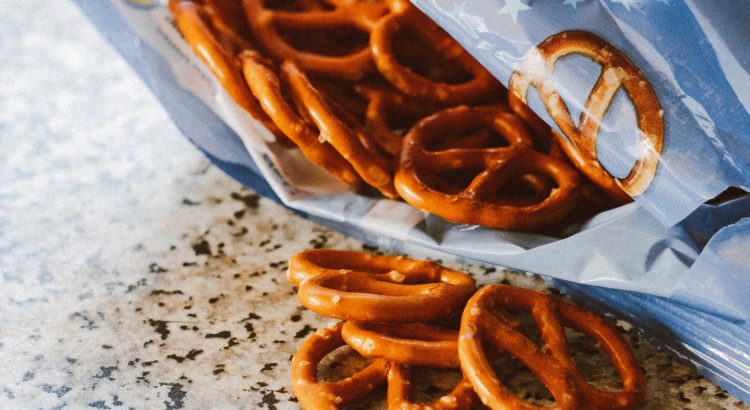An important part of choosing your foods when out shopping or planning meals for the week is knowing how to read the food labels. Understanding how to read the labels will help you learn more about the foods you eat. When reading a food label, there are a few places where you should start and a few things to note to help you make the best choices.

Servings per Container and Serving Size
When looking at the servings per container and the serving size, you will see the number of servings in the entire package or container and the amount recommended that you eat in one sitting. Remember to check the portion size to the serving size listed. For example, if the label serving size lists 5 crackers, and you eat 10 crackers, you are getting twice the amount of calories, fat, and other nutrients listed on the label.

Total Calories
You want to take a look at the total amount of calories for both one serving as well as for the entire container or package. This will help you to begin seeing which foods are high in calories for certain portion sizes and which foods are lower in calories. You will begin to see a trend of processed foods having more calories.
Daily Values as a Guide
The percent next to each nutrient on the label lists the daily values for that specific food item and it’s portion size. The daily value is based off of a 2,000 calorie diet, so keep in mind this is just an estimate as each person’s needs are different. Depending on your specific needs, you may need greater or fewer than 2,000 calories per day. This means that for some nutrients you may need greater than or fewer than 100% of the daily value.

Limit Saturated Fat, Trans Fat, Sodium, and Added Sugars
Eating all of these in high amounts may increase your risk for heart disease, high blood pressure, and diabetes. It’s important to try and limit saturated fats to fewer than 10% of your total calories by replacing them with unsaturated fats. You also want to limit your sodium intake to under 2,300 mg per day and added sugars to fewer than 10% of your total daily calories. If possible, avoid trans fat or limit to as low as possible in your diet.

